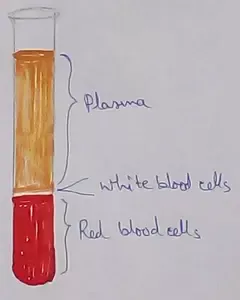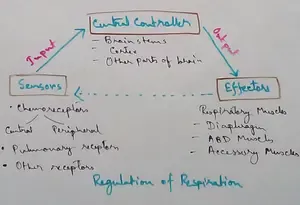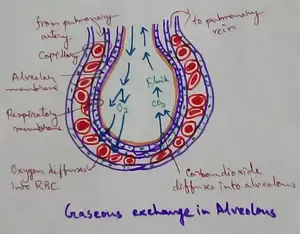Living Things
Our surroundings are full of living things and non-living things. Animals and plants come in the category of living things.
We know living things have the following characteristics:
1. They need air, water, sunlight, right climate, food and shelter to live.
2. They grow.
3. They are respond to stimuli.
4. They reproduce their own kind.
5. All living things have to die.
Non-living things do not have such characteristics.
There is enough air, water, sunlight and food on the earth so life exists on it.
There is no life on the moon and other planets, because they lack these things.
There are two kinds of living things: (i) animals, including human beings; and (ii) plants.
Animals and plants depend upon each other. Animals depend wholly upon plants for food. Flesh and meat eating animals also depend upon plants, because flesh is got from animals, most of which eat plants. Animals also get fresh air due to plants because the plants let out oxygen during the day.
On the other hand, animals provide manure and carbon-dioxide to plants.
Plants and animals live in various places. They live in places where it is cold, as well as in places where it is hot and dry. They also live in rivers and lakes, and in the salty water of the oceans. Plants and animals living inside water should be able to breathe air dissolved in water. Those living in deserts should be able to survive with very little water.
Plants and animals living in a certain place survive by adapting themselves to the conditions of that place. For example, fishes have gills to breathe under water. They cannot survive outside water because they cannot breathe outside water. Cactus and camels can survive in deserts because they can store water in their bodies.
Because of the adaptations of their surroundings and natural phenomenon animals and plants living in different surroundings affect the shape size, color, style of life etc. That is why there are so many types of plants and animals that are differ from region to region.
For example, the leaves of a water lily plant that lives in water are thin and big, and float in water. They look very different from the leaves of a cactus plant, which are like sharp needles. Similarly a fish living in water has a different body structure as compared to animals living on land.
Thus in a certain type of climatic conditions and surroundings, specific types of animals and plants are found. A region having specific climatic conditions and accordingly specific types of animals and plants is called Habitat.
From Living Things to HOME PAGE
Recent Articles
-
What Is Plasma? | Blood Plasma | Proteins | Nutrients | Cholesterol
Nov 07, 25 10:29 AM
Blood is a mobile fluid which is a connective tissue and is derived from the mesoderm like cell any other connective tissue. Colour of blood is reddish and that flows inside the blood vessels by means… -
Disorders of Respiratory System | Tuberculosis | Pleurisy | Emphysema
Oct 28, 25 11:39 PM
Tuberculosis is very common disease and is caused by a type of bacteria called Mycobacterium tuberculosis. This disease causes different trouble in the respiration and infection of several parts of th… -
Regulation of Respiration | Respiratory Centres | Inspiratory Area |
Oct 14, 25 12:13 AM
Respiratory Centre is the area that controls the rate of respiration and it is observed to be located in medulla oblongata and pons. Respiratory Centre has the following will dispersed components like… -
Explain Transport of Gases | External Respiration | Tissue Respiration
Oct 09, 25 11:35 PM
In humans gaseous exchange is completed in the following ways the steps are - External Respiration or Breathing - Breathing in false taking in of Oxygen and giving out of carbon dioxide in the body. M… -
Kind and Number of Teeth | Location of Teeth in Mouth | Care of Teeth
Sep 11, 25 12:52 AM
Kind and Number of Teeth





New! Comments
Have your say about what you just read! Leave me a comment in the box below.